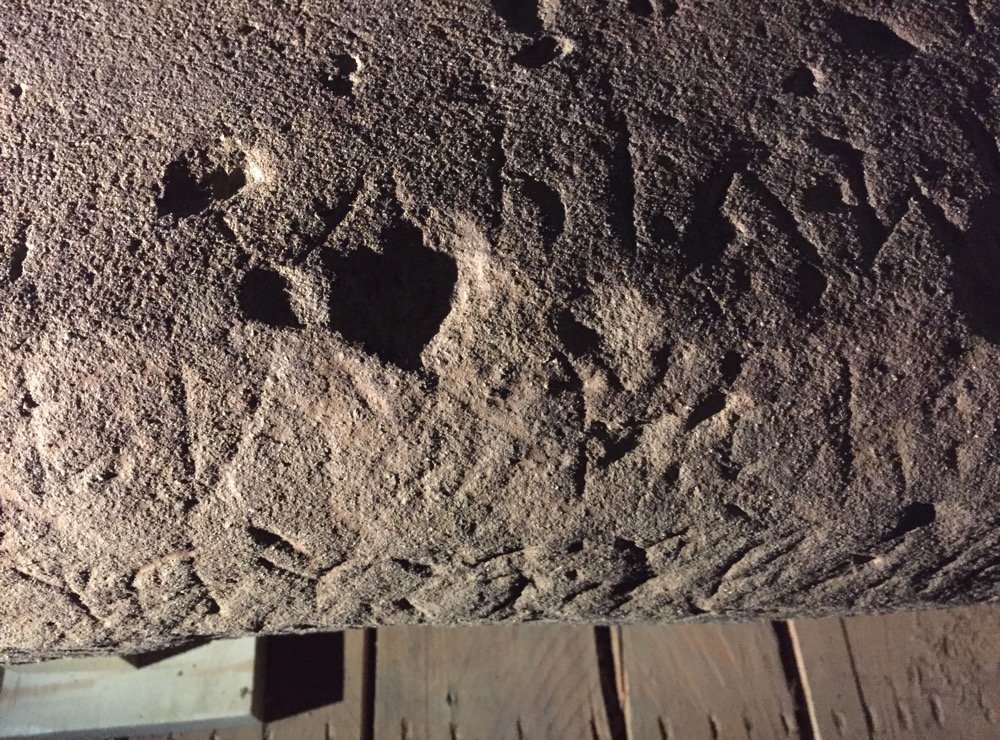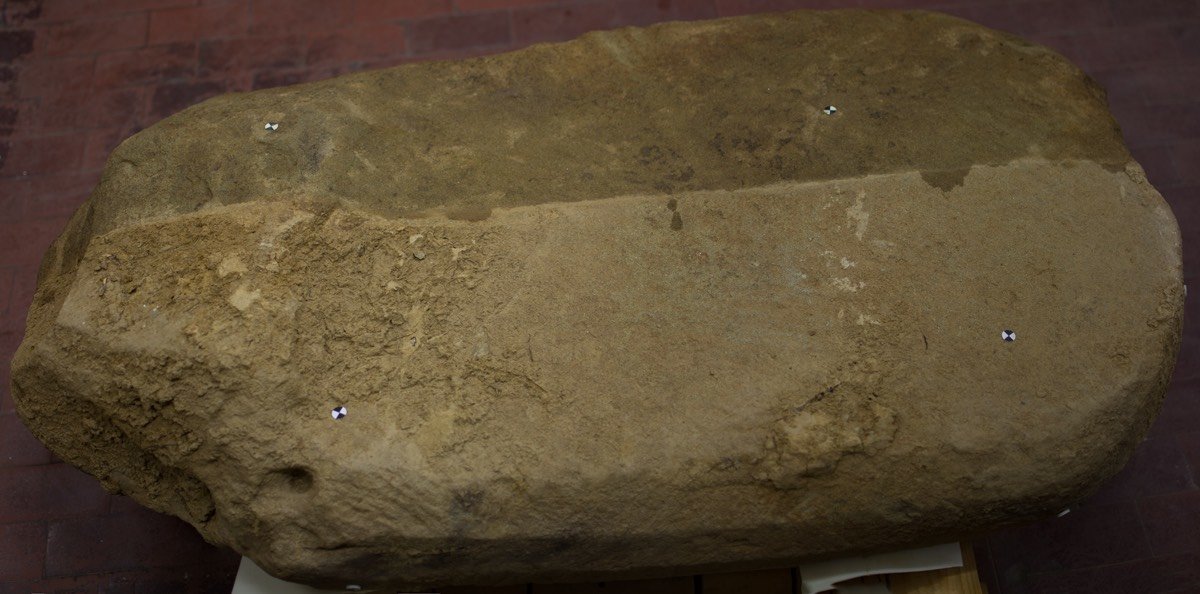
The 500-pound (227 kilograms) stone slab, or stele, was unearthed earlier this year at Poggio Colla, a sixth century B.C. site built by the Etruscans. The stele bears a long inscription in a language that has not been used for 2,500 years, project archaeologist Gregory Warden, a professor emeritus at Southern Methodist University in Dallas, told Live Science in April.
Now, translation is underway and archaeologists have discovered that the tablet references the goddess Uni.
"We can at this point affirm that this discovery is one of the most important Etruscan discoveries of the last few decades," Warden said in a statement. "It's a discovery that will provide not only valuable information about the nature of sacred practices at Poggio Colla, but also fundamental data for understanding the concepts and rituals of the Etruscans, as well as their writing and perhaps their language."
Mother goddess?
Uni was an important goddess linked to fertility. Previously, the most famous find at Poggio Colla was a piece of ceramic depicting a woman squatting to give birth, perhaps suggesting that a fertility cult worshiped at the site, according to Warden.

There are at least 120 characters on the Poggio Colla stele, making it the longest Etruscan inscription ever found on stone and among the longest three sacred texts ever discovered, researchers will report in a yet-unpublished article in the journal Etruscan Studies. The inscription might express the laws of the sanctuary, Warden said, perhaps outlining the ceremonies that took place there. Archaeologists have deciphered another word on the tablet, "Tina," which refers to the head god of the Etruscan Pantheon (much like Zeus for the Greeks).
Striking find
Archaeologists have been digging at Poggio Colla for 21 years, and found the slab at the very end of the most recent field season at the site. It's about 4 feet tall and 2 feet wide (1.2 by 0.6 meters) and made of sandstone. Because the stone is scuffed and chipped, researchers are painstakingly cleaning it in order to translate the words. Etruscans left behind few texts because they mostly wrote on linen or erasable wax tablets. Understanding Etruscan religious belief and ritual is important because as the civilization was engulfed by Rome, it influenced Roman culture and belief.
Most previously discovered texts are short inscriptions on graves, according to Warden. One linen book written in the Etruscan language was found on an Egyptian mummy — recycled as wrappings. Otherwise, researchers know little about Etruscan religious rituals, other than that they were polytheistic.
Though the stele is still being cleaned and studied, a hologram projection of it will be displayed in Florence on Aug. 27 as researchers announce the translations they've made so far.



"heavily religious society..." what does that mean in our world today compared to what it meant in their time? Has that term always been corrupted? or is that a recent phenomenon? I remember Kahlil Gibran, in his book The Prophet, using it more like we would use spirituality today, as the word 'religious' has taken on a different sheen in our days of civilization lost.